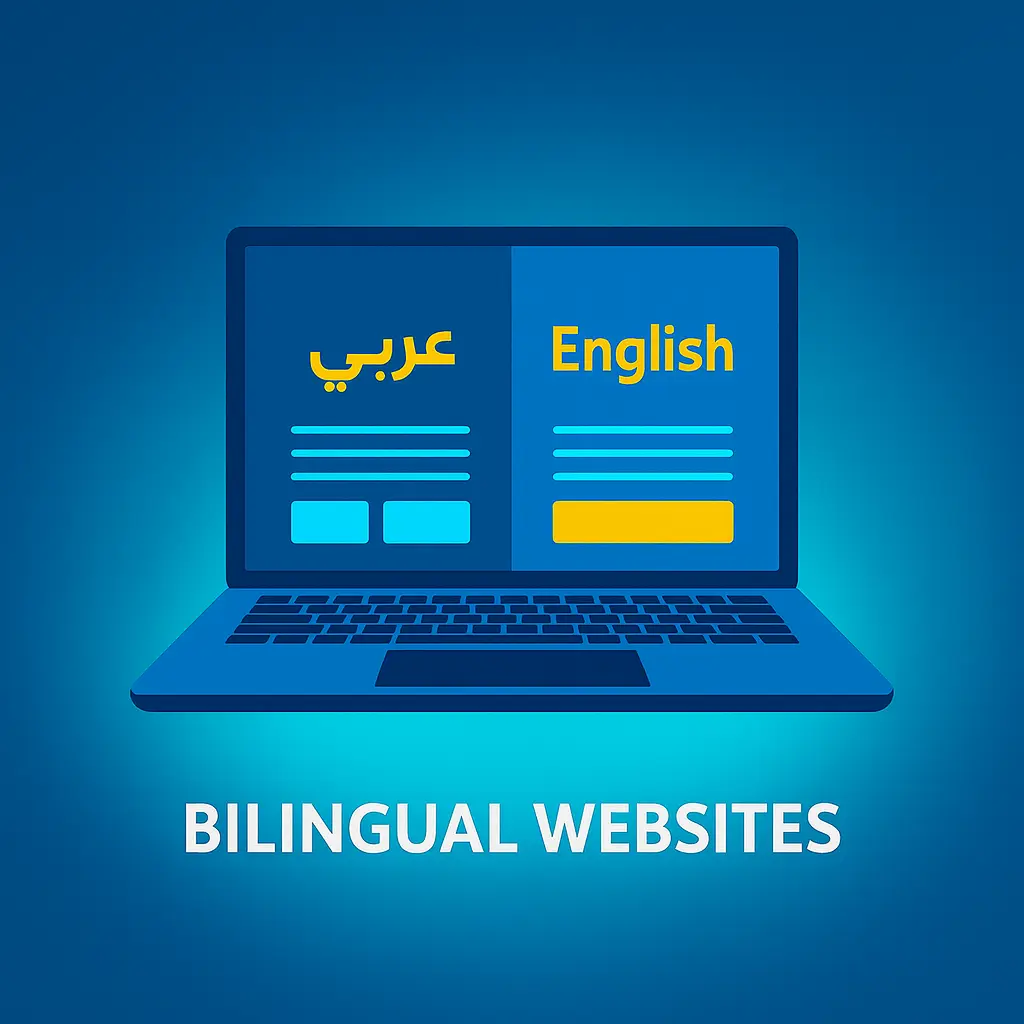Introduction
Qatar is one of the most diverse countries in the Gulf, with Arabic as the official language and English widely spoken across business, education, and daily life. For companies competing in this market, having a bilingual website is no longer a luxury—it is a necessity. A dual-language website not only improves accessibility but also strengthens brand credibility and increases visibility in search engines.
Why Bilingual Websites Matter in Qatar
- Reaching Local and Expat Audiences
Over 80% of Qatar’s population is expatriate. A bilingual website ensures that you reach Arabic-speaking locals and international customers.
- Building Trust and Credibility
Businesses that provide content in both languages signal inclusivity and professionalism. Customers are more likely to trust a brand that communicates in their native language.
- SEO Advantages
Search engines rank pages based on language-specific queries. Optimizing for both Arabic and English keywords increases visibility across Google search results.
Key Benefits of Dual-Language Design
- Better User Experience
Clear navigation with a language switcher enhances accessibility.
- Higher Conversion Rates
Customers are more likely to purchase or inquire when information is available in their preferred language.
- Competitive Advantage
Many businesses still rely on single-language sites. Offering both gives you a strong edge.
Best Practices for Bilingual Websites
- Use professional translation (not machine-generated).
- Keep consistent branding across both languages.
- Ensure the site is technically optimized for SEO (hreflang tags, bilingual sitemaps).
- Localize—not just translate—content for cultural relevance.
Conclusion
A bilingual website in Qatar is more than a communication tool—it is a growth strategy. By catering to Arabic and English speakers equally, your business can attract more customers, improve brand trust, and achieve stronger digital performance.



